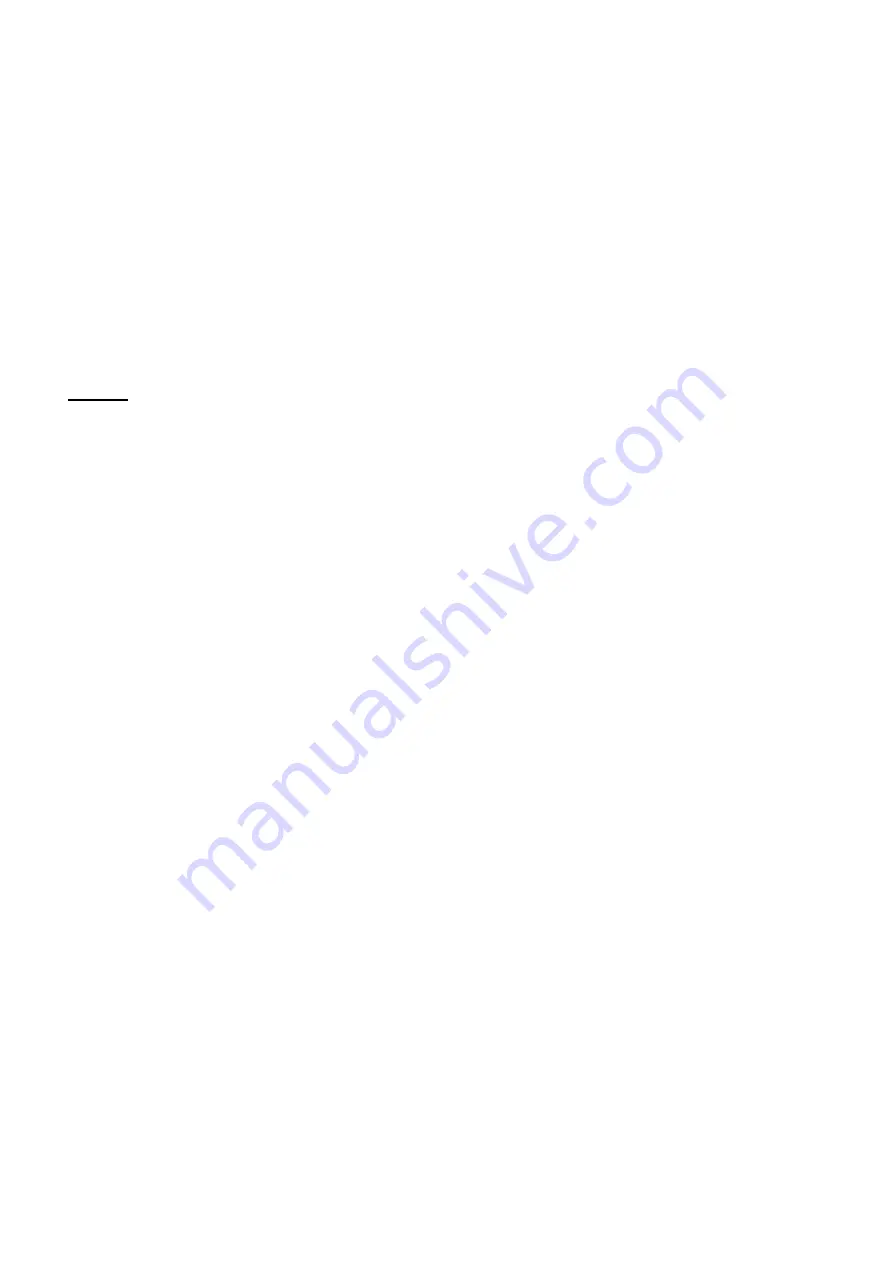
paraffin-saturated wick or liquid oil stove
igniter.
3.
When the flame burns all round, set the output
controller to a medium position. Maximum
position 6 or any other desired position can be
set after a short time. Abrupt changing of the
output controller should preferably be avoided.
4.
The fire chamber door must always be closed
during operation.
11.5. Operation between the seasons
Prerequisite
for
the
proper
operation
of
the
HAAS+SOHN oil stove is the correct delivery pressure
(chimney draught). This depends on the temperature
differential between room temperature and outside
temperature. Problems with the chimney draught can
occur at higher outside temperatures (above 15°C) so
that the flue gases are not completely extracted
through the chimney.
Remedy: After igniting, operate oil stove at low output
stage (1 to 2). After some time you can carefully turn
the output controller higher to the desired output in
several steps.
11.6. Switching off the oil stove
If you wish to switch off the appliance, close the output
controller. This is done by turning the output controller
knob
clockwise,
overcoming
slight
noticeable
resistance. The arrow on the rotary knob must then
point roughly to the marking (corresponding to position
“0”).
11.7. Emission control
Environmentally friendly heating is only possible with
the fuels mentioned in Chapter 11.1.
The burning of unsuitable or impermissible fuels not
only harms the environment, it also reduces the life of
your oil stove and can damage the chimney. Regular
cleaning and care of your stove reduces pollutant
emission.
By avoiding unnecessary emission you will not only
heat environmentally friendly but have the added
advantage that you have to clean your stove and the
flue pipes less frequently.
12. Cleaning and maintenance
At least once per year, and more frequently if required,
you should clean and service your oil stove in cold
condition. When doing so you should remove soot
deposits in the stove and in the flue pipes.
If
applicable, pull the power supply plug whenever
working on the appliance! On appliances with
electric ignition it is imperative to ensure that the
ignition bar protruding into the burner is not
damaged. Otherwise the electric ignition function
will be detrimentally affected.
For some maintenance operations you will have to
remove the inspection panel, the rear wall (“Viking”) or
sidewall (“Ibiza”) (see Figures 1+2).
On model “Viking 468.50” it is only required to lift the
inspection panel (see Figure 1) below the fire chamber
door a few millimetres before unhooking (possible
without tools).
Remove the two wing nuts to detach the inspection
panel on the oil stove “Ibiza” (see Figure 2).
12.1. Cleaning the burner and the flue pipes
A dusting brush, a wire brush, an ash extractor with
fine particle filter and a pointed nail or reamer are best
suitable for this.
Ensure that the oil supply is blocked by closing the tank
shut-off valve or the quick closing valve with central oil
supply. For cleaning, the combustion chamber is
accessible by way of the pressure equalisation plate
and the fire chamber door. Remove the burner rings
and clean them with the dusting brush. Sweep off any
soot present on the sidewalls of the inner stove. Never
wipe the burner with a cloth as this would clog the
holes in the burner wall with dirt!
If the holes in the sidewall of the burner are dirty (see
Figure 18), clean them with a wire brush. If severely
contaminated, pierce open all holes with a pointed nail
or a reamer. Most important is the cleaning of the two
rows of holes at the very bottom (1 + 2, below the
burner bead). Soot-free and low-emission burning is
ensured only when all holes are clear. On no account
should the air holes be enlarged!
The oil supply is easily cleaned with the integrated
cleaning crank (see Figure 21). A few turns of the
cleaning crank are sufficient for removing dirt deposits
from the oil inlet. On no account should you pull out the
cleaning crank as this could clog the oil supply. We
recommend cleaning the oil supply approximately once
per month. This is best done before start-up.
When cleaning the burner it is advisable to check the
flue pipeline at the same time. Possible soot deposits in
the flue pipes should be removed with a suitable
sweeping brush to ensure the unhindered discharge of
the flue gases.
Having completed the cleaning of the burner, remove
any loose dirt with the ash extractor.
Do not forget to re-install the burner rings and the
draught deflection in their correct positions (see
Chapter 11.3.).


































